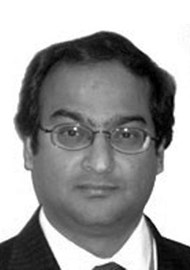The fibula free flap was first described in 1975 and since then has gone on to become the gold standard technique for reconstruction of longer spans in the mandible or maxilla. It is a reliable flap that affords good quality and quantity of bone with a reliable vascular pedicle is for anastomosis in the neck and can be harvested with or without a soft tissue component. It also offers bone in adequate dimensions to allow for implant placement and thus dental rehabilitation and restoration of cosmesis and masticatory function. This is a retrospective study to examine the outcomes of fibula free flaps rehabilitated with dental implants. Twenty-two patients were included in the study and examined by an independent observer. There were 12 males and 10 females aged between 12 and 70 years. One hundred implants were placed, of these 92 were into the fibula and eight in native facial bones. Eighteen patients had primary reconstruction, of these 10 were for oncological resection, eight for aggressive but benign pathology, three were to correct severe maxillary atrophy and one patient was post-trauma reconstruction. Five oncology patients had had adjuvant radiotherapy prior to implant placement and one patient had radiotherapy after implant placement. It is thus apparent a number of variable conditions were prevalent in this cohort. Interestingly implant survival was 98%. There was no difference between irradiated and non-irradiated areas and the maxilla or mandible. There was also no difference in implant survival placed into fibula or native bones. This is an excellent paper that promotes the careful planning and placement of implants for dental rehabilitation. They achieved good success rates even after adjuvant radiotherapy. The follow-up is as long as 18 years, and all the patients were examined by an independent examiner. While it is a small cohort the individual conditions are very varied, but show excellent results.




